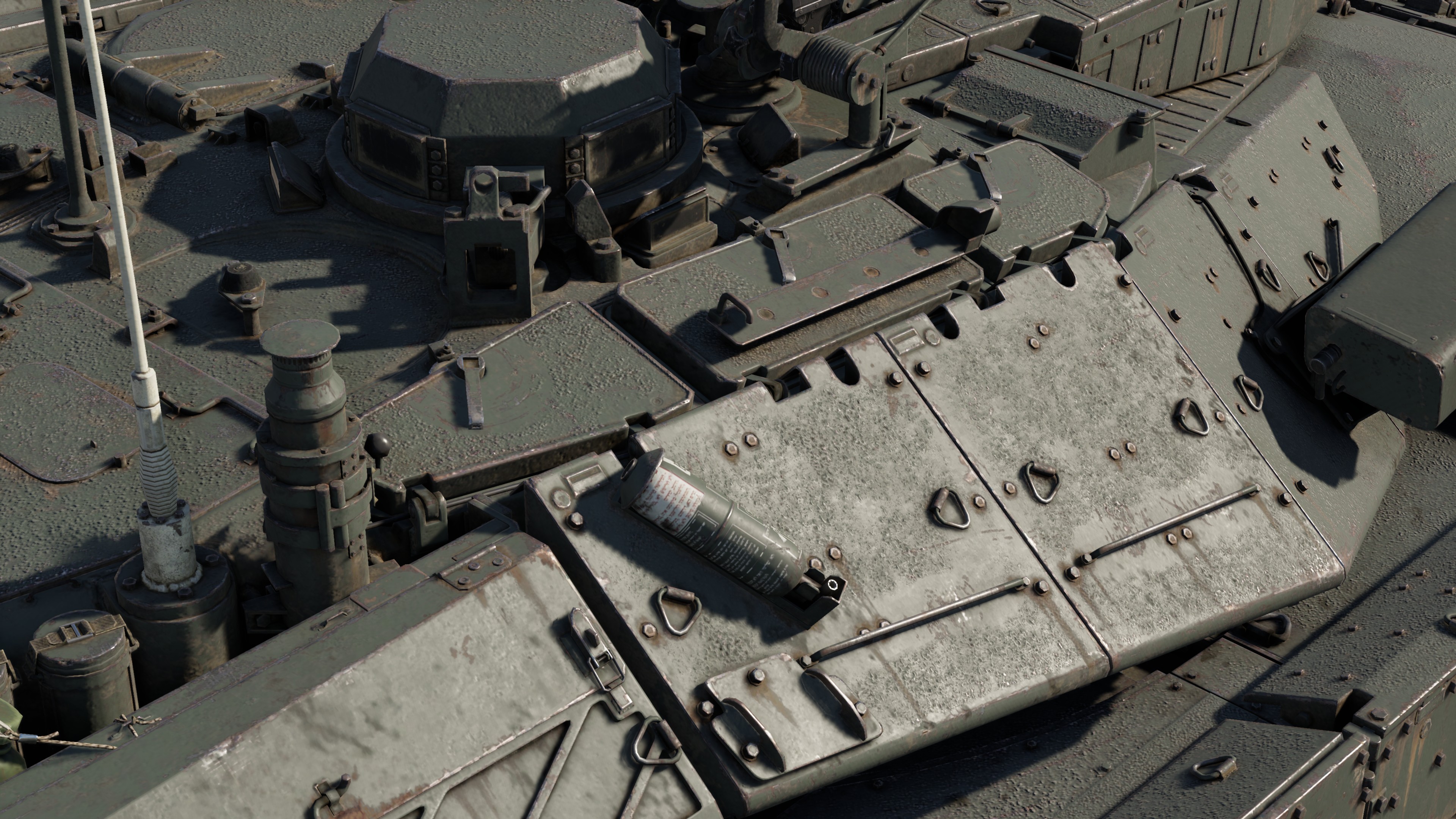
Mar 16, 2022
War Thunder - CyberStonka
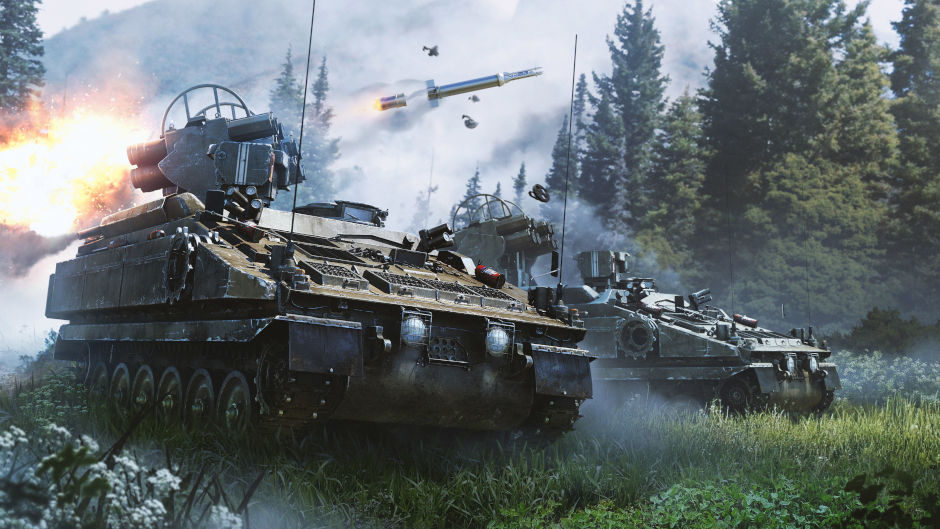
Ground vehicles
- Stormer HVM — incorrect scoring of the “Fire arrows” award for destroying aircraft has been corrected.
- M3 Bradley, M3A3 Bradley — a bug with incorrect declination angle of the ATGM launcher in RB has been fixed..
- SMK — incorrect armour values in the info card have been fixed.
- Sho`t Kal Dalet — name of the coaxial machine gun has been corrected in x-ray mode.
Other
- Downloading additional content will no longer be interrupted when joining battle.
- Israeli Air Force decals can be used on Israeli aircraft only.
The current provided changelog reflects the major changes within the game as part of this Update. Some updates, additions and fixes may not be listed in the provided notes. War Thunder is constantly improving and specific fixes may be implemented without the client being updated.




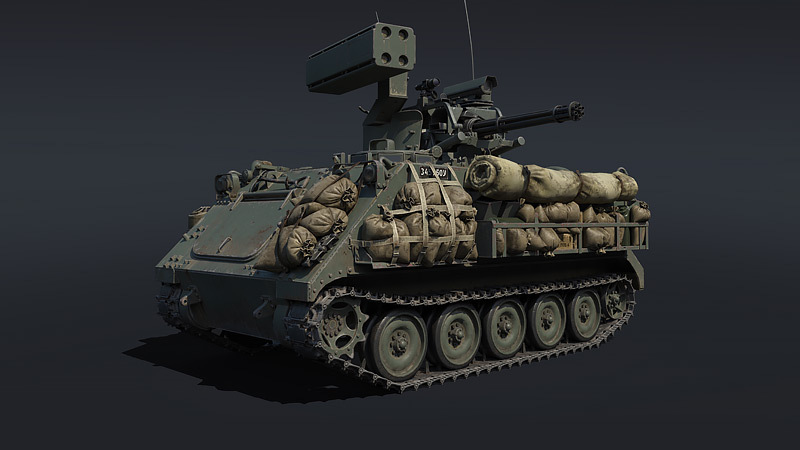
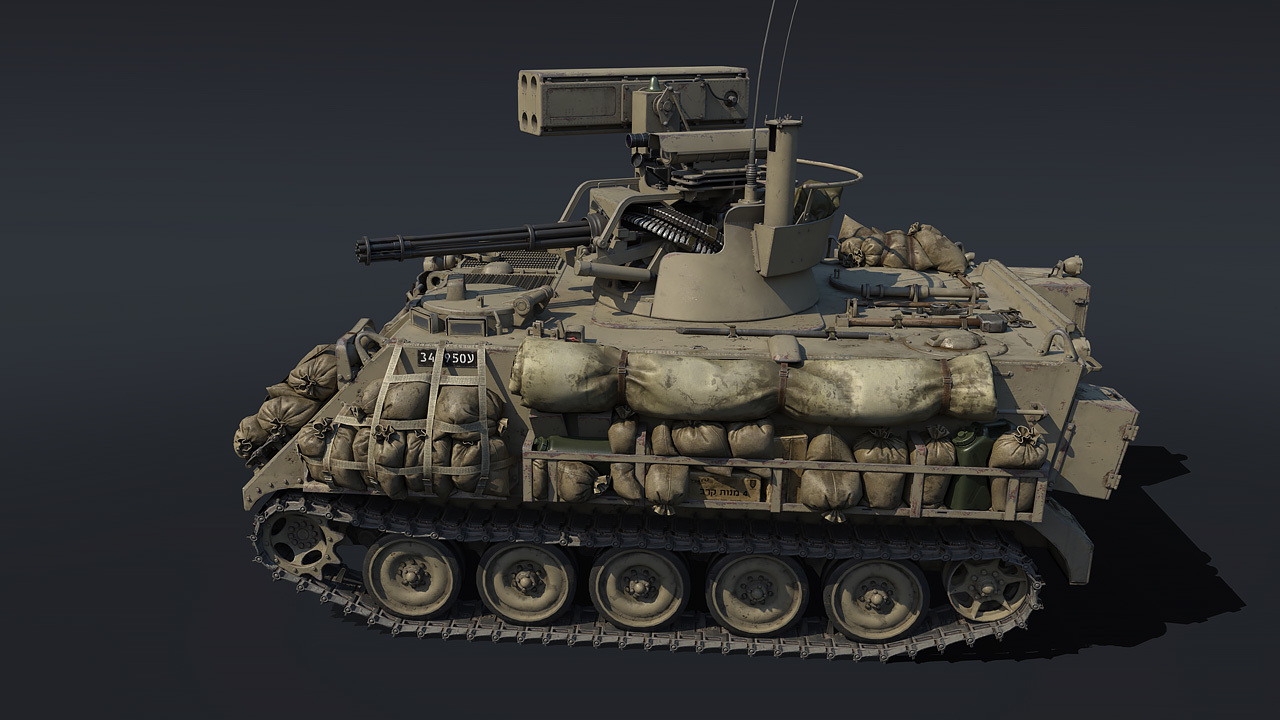
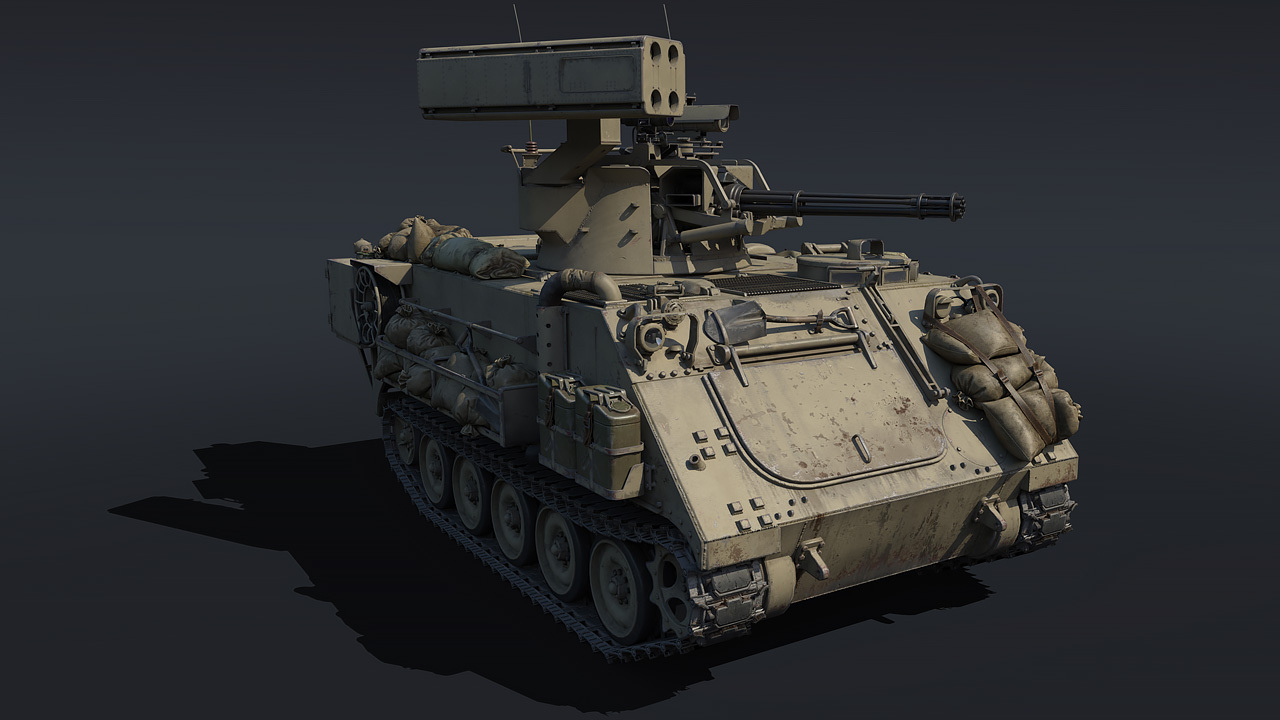
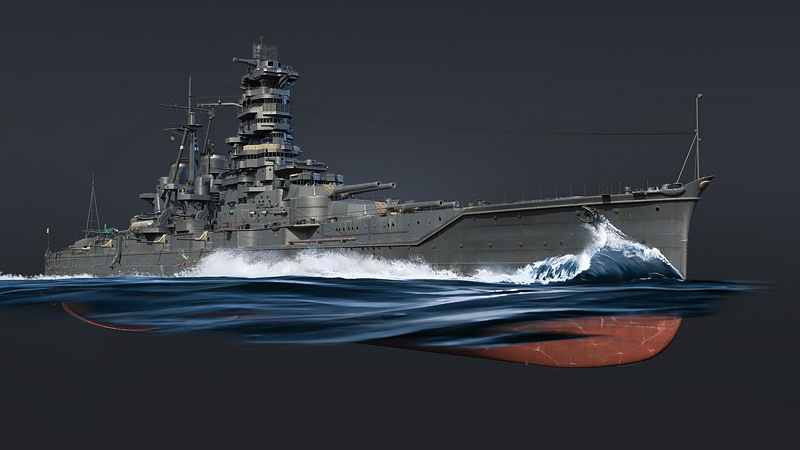
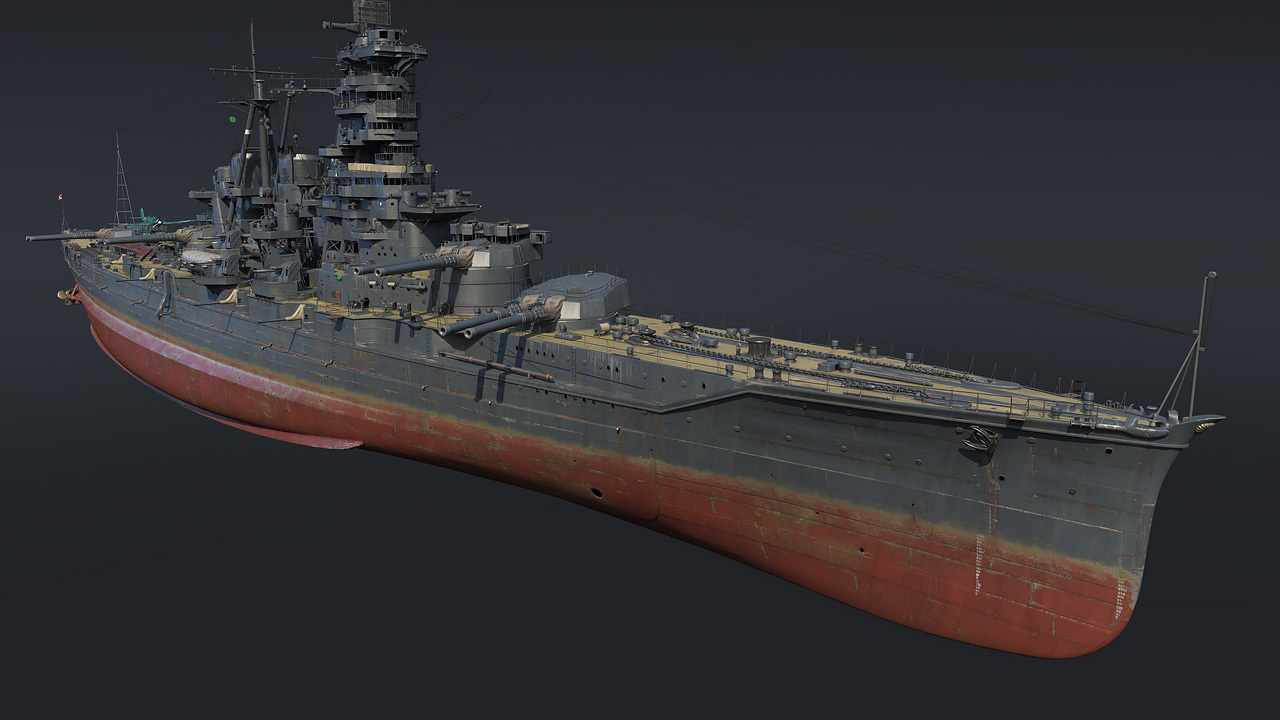
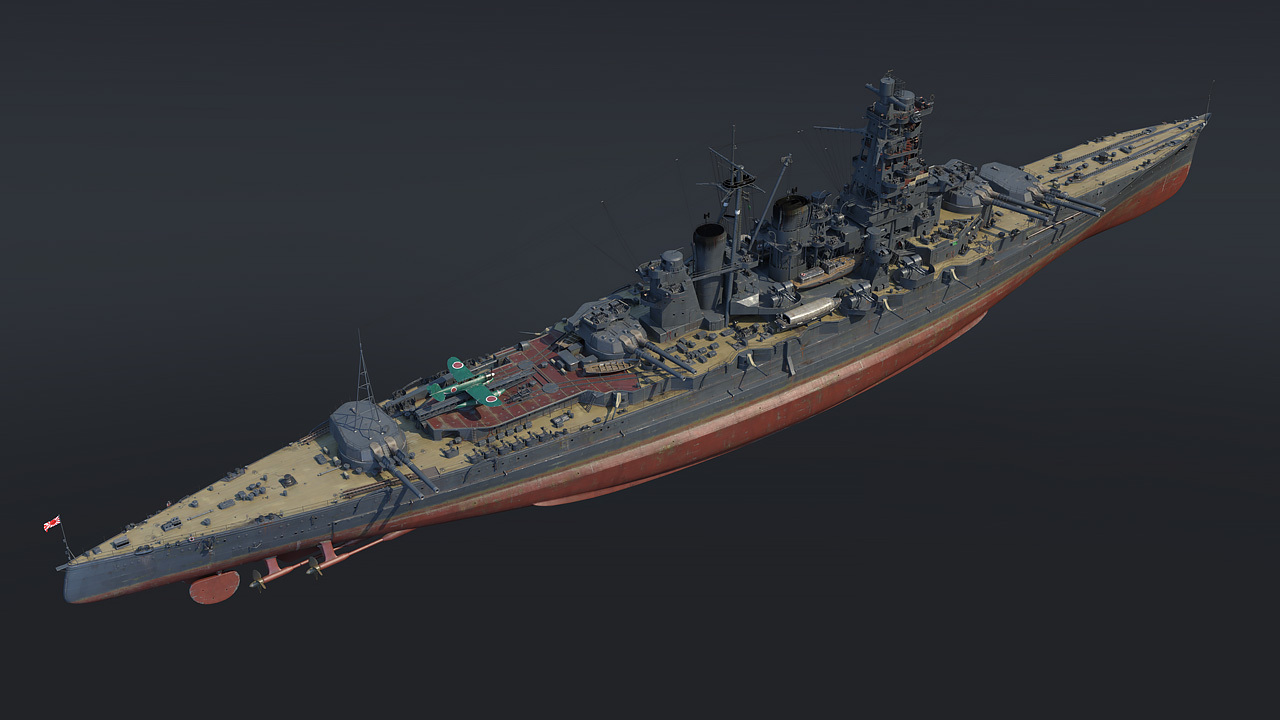

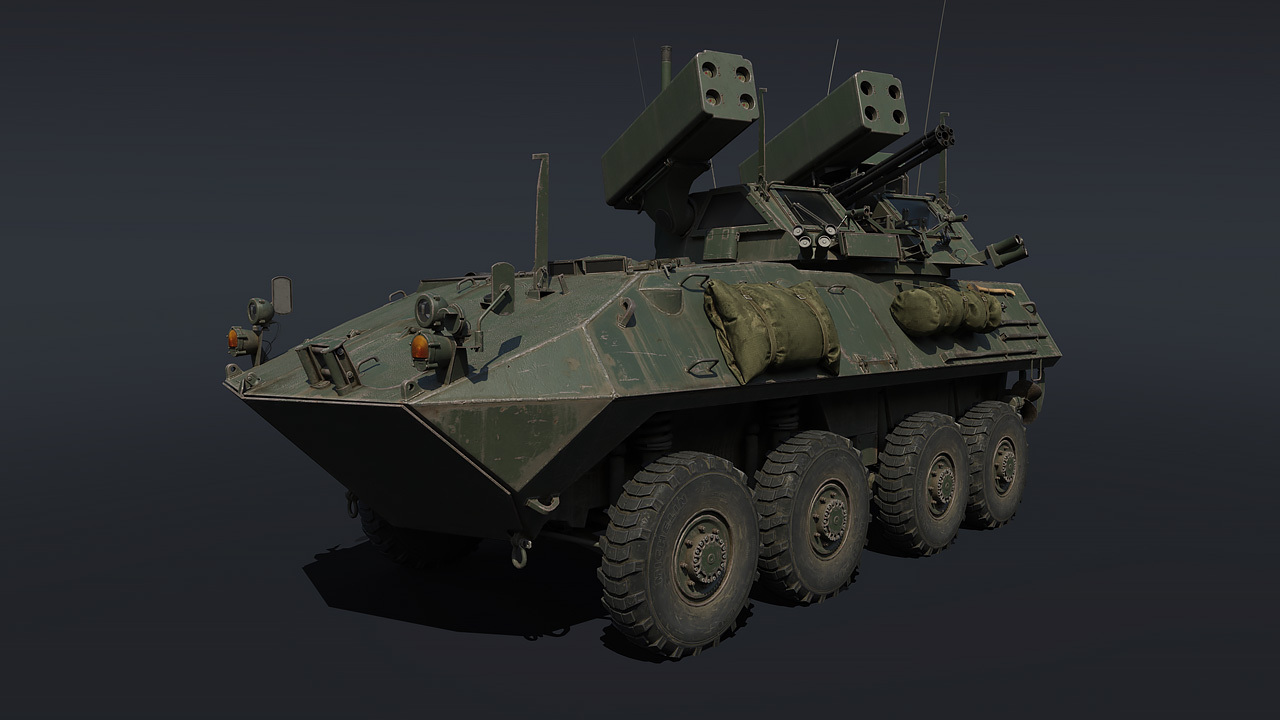
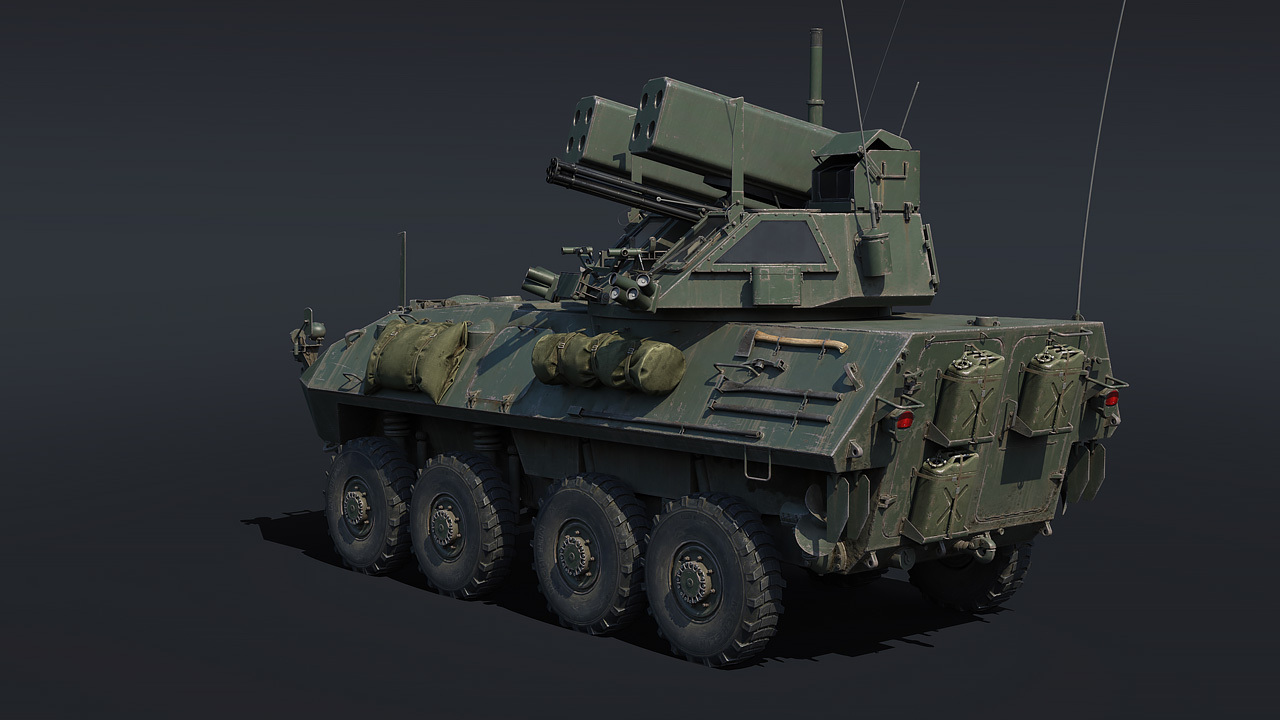
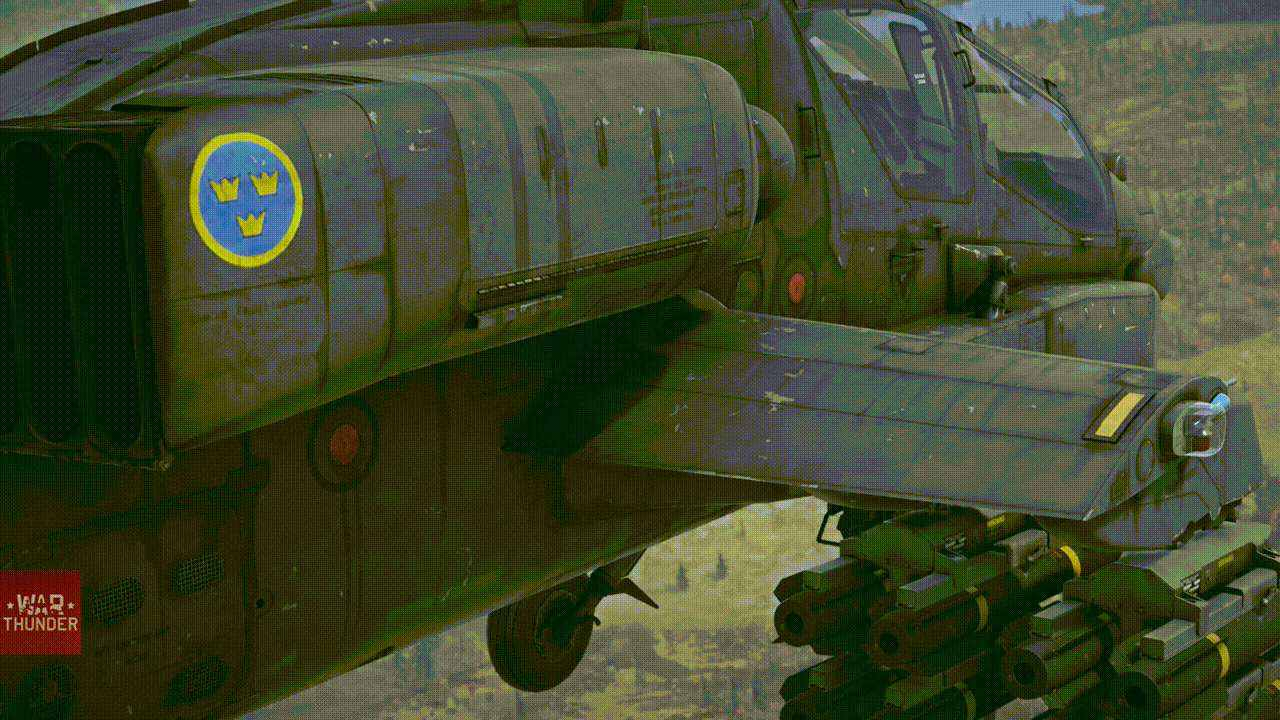
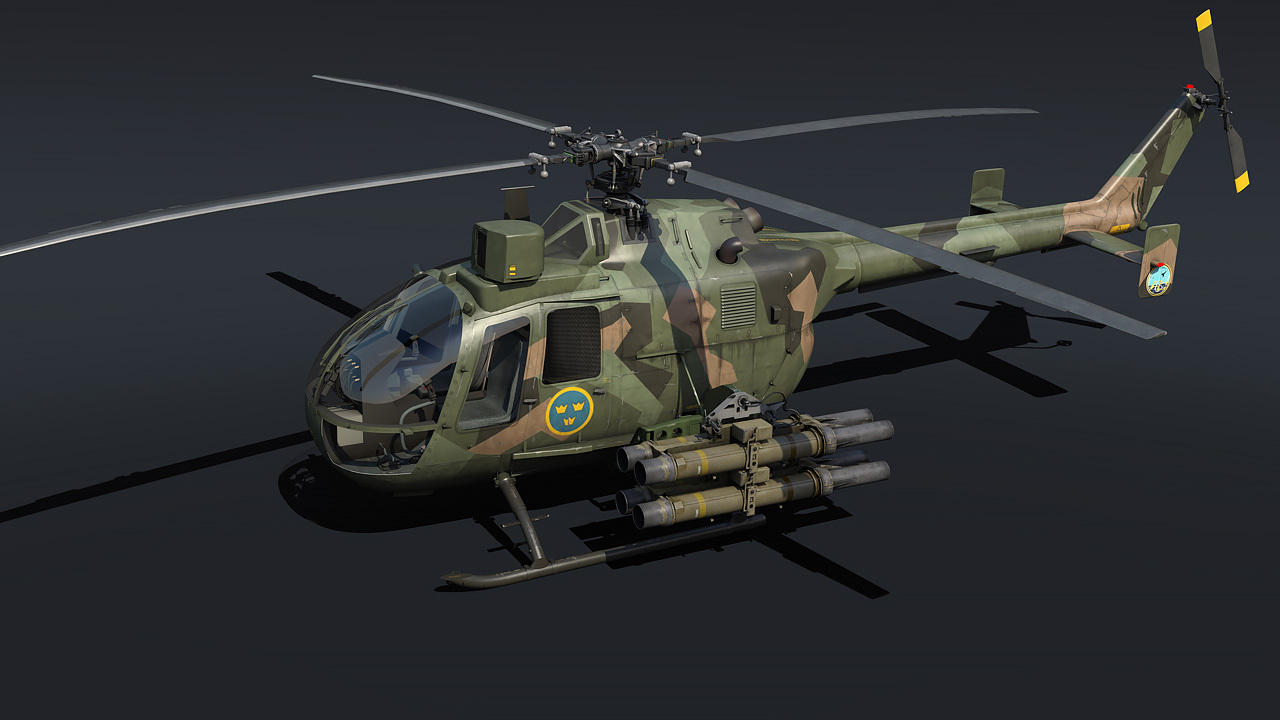
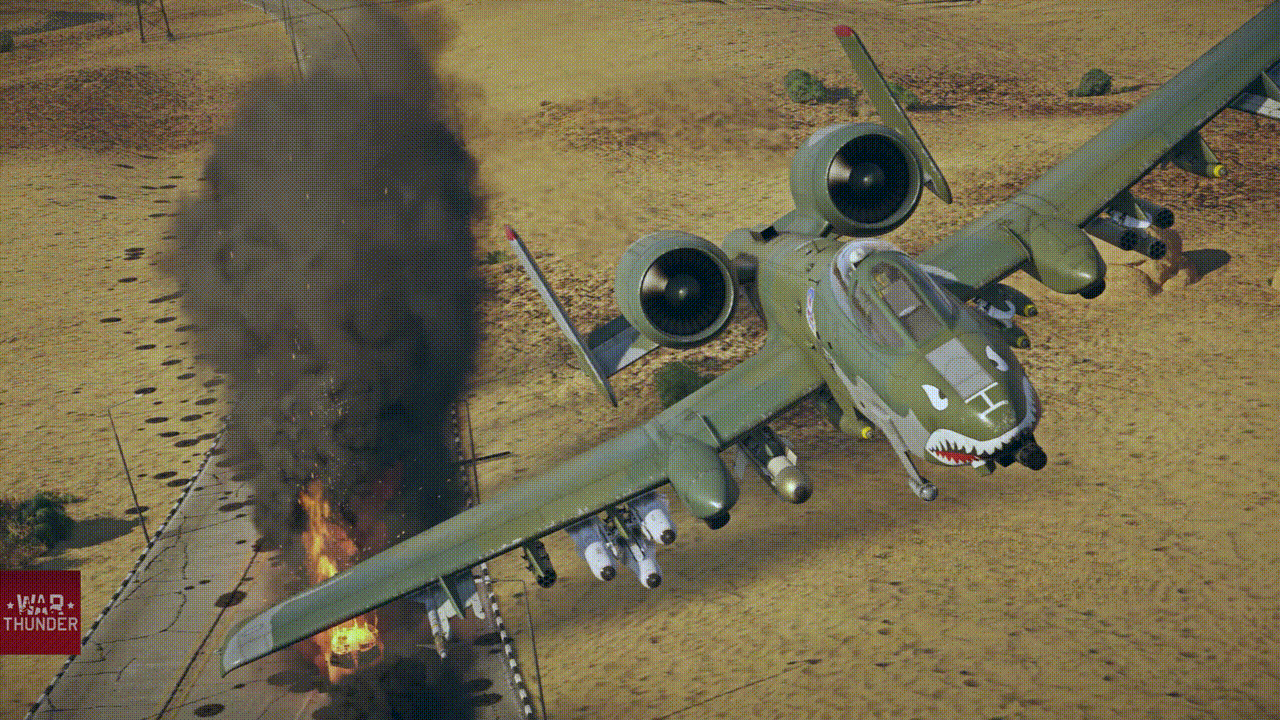
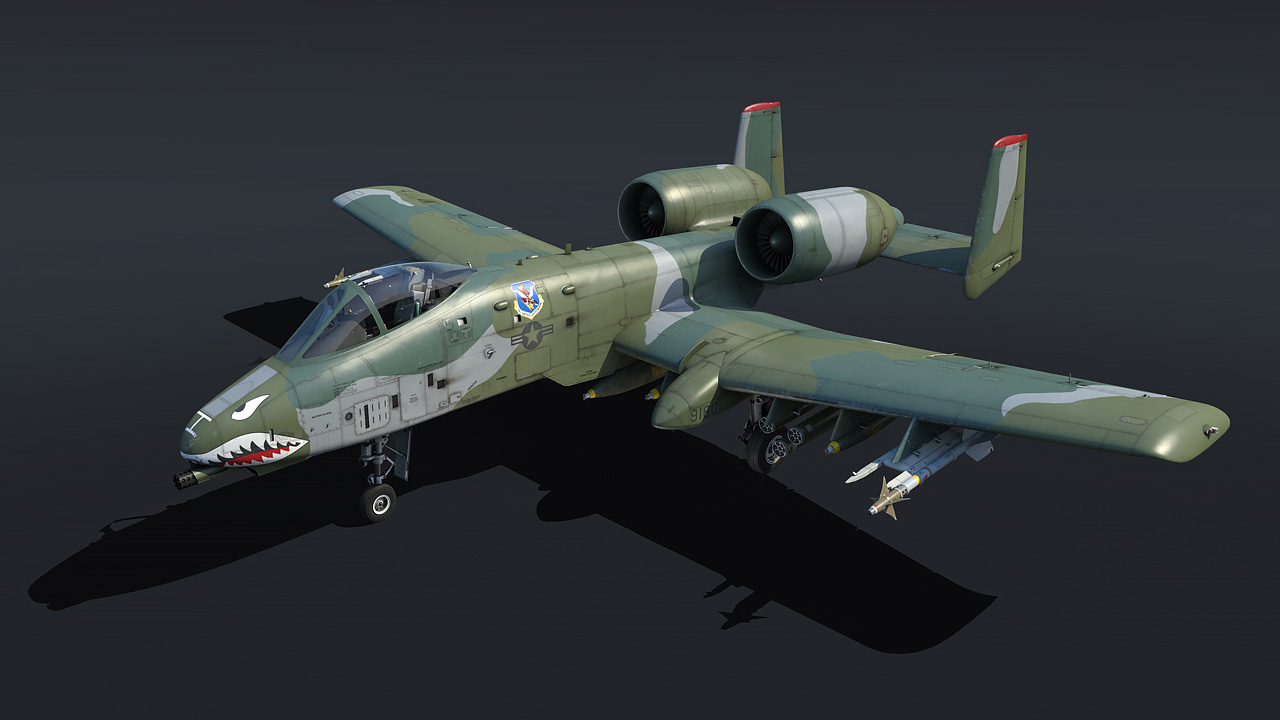
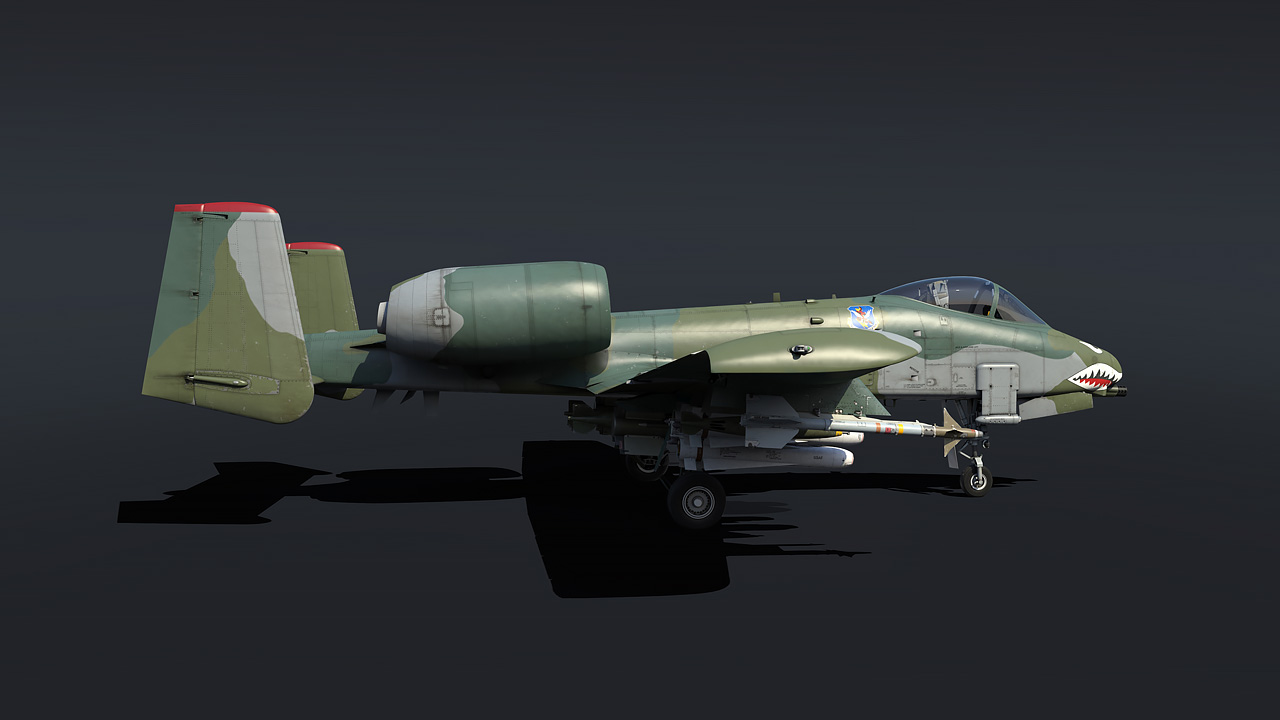


_c6deb3476cb781d239b4bbb60b71de18.jpg)
_d88631477d5d4ff82bed2ad2e44bd801.jpg)

